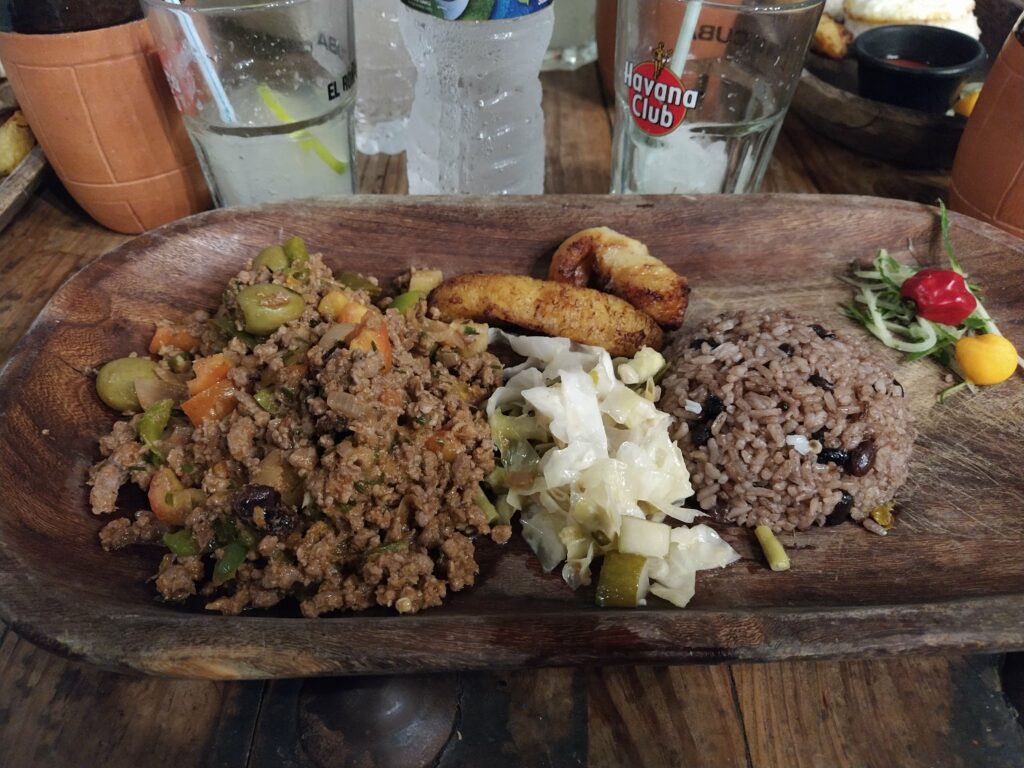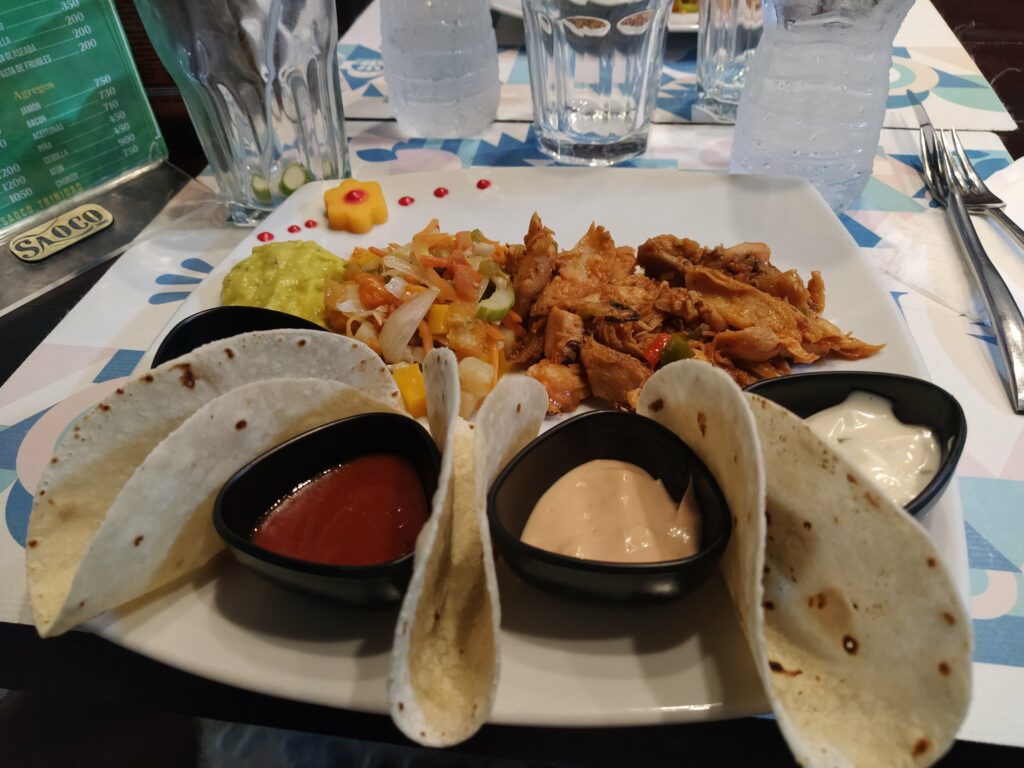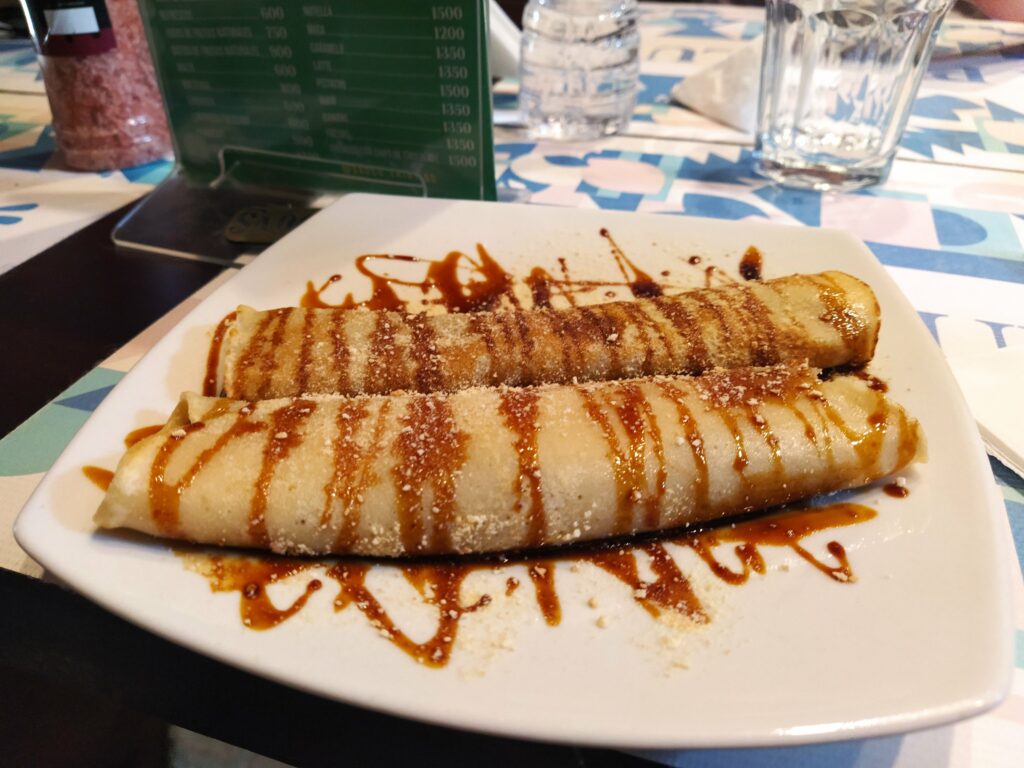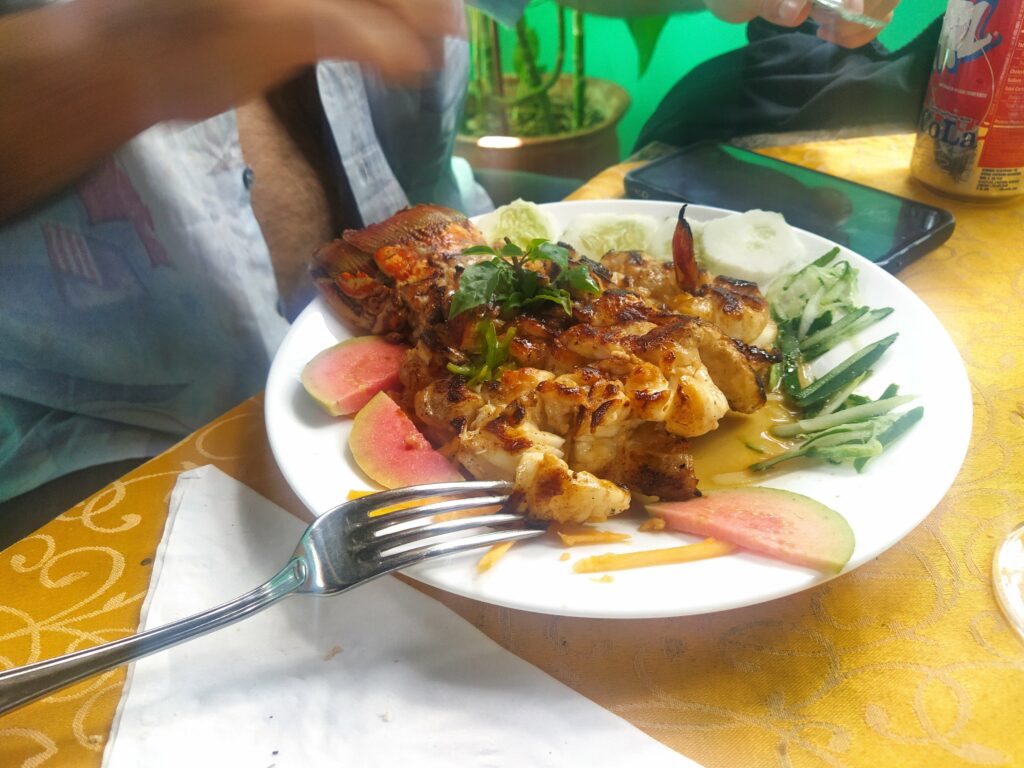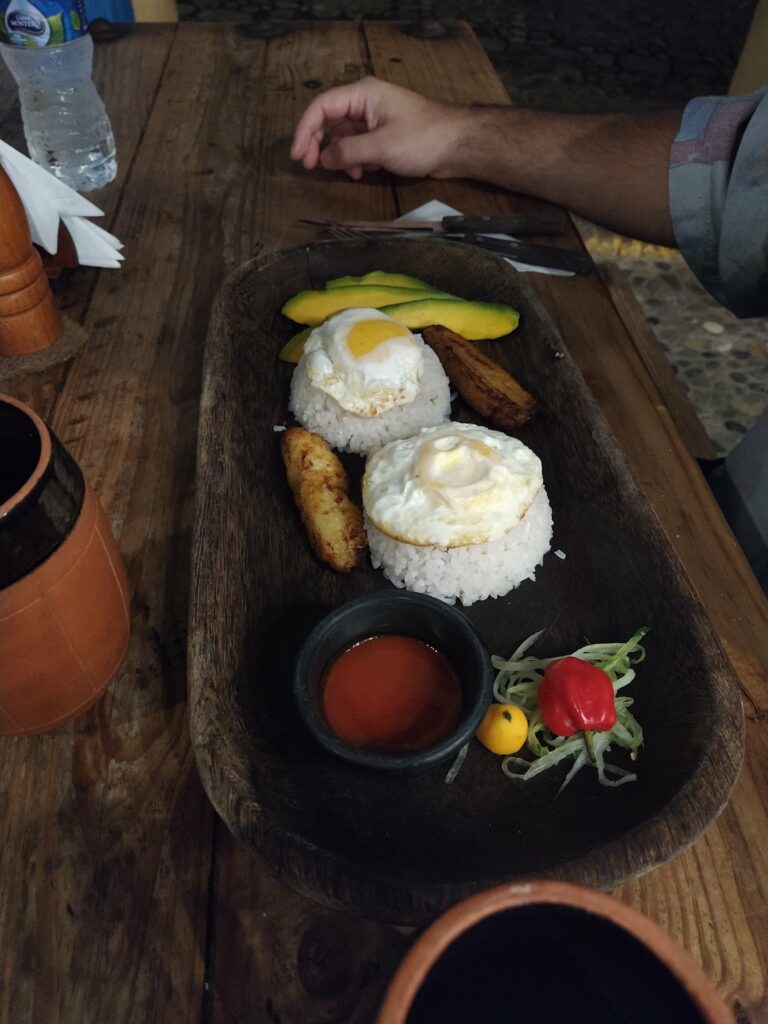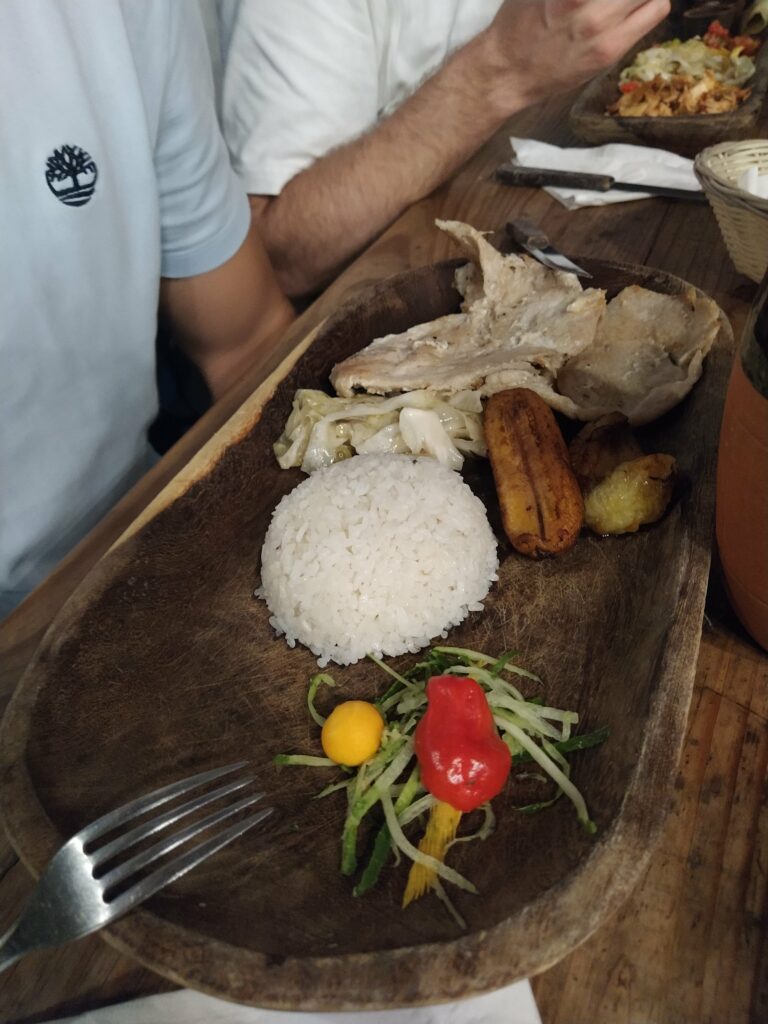Cuba is a unique destination that is worth visiting at least once in your life. There are many reasons, and we have analyzed them in a previous article. Here, we will present what you need for a trip to Cuba, where you can stay, how to get around, and several other details to help you organize your first trip to the beautiful Caribbean country.
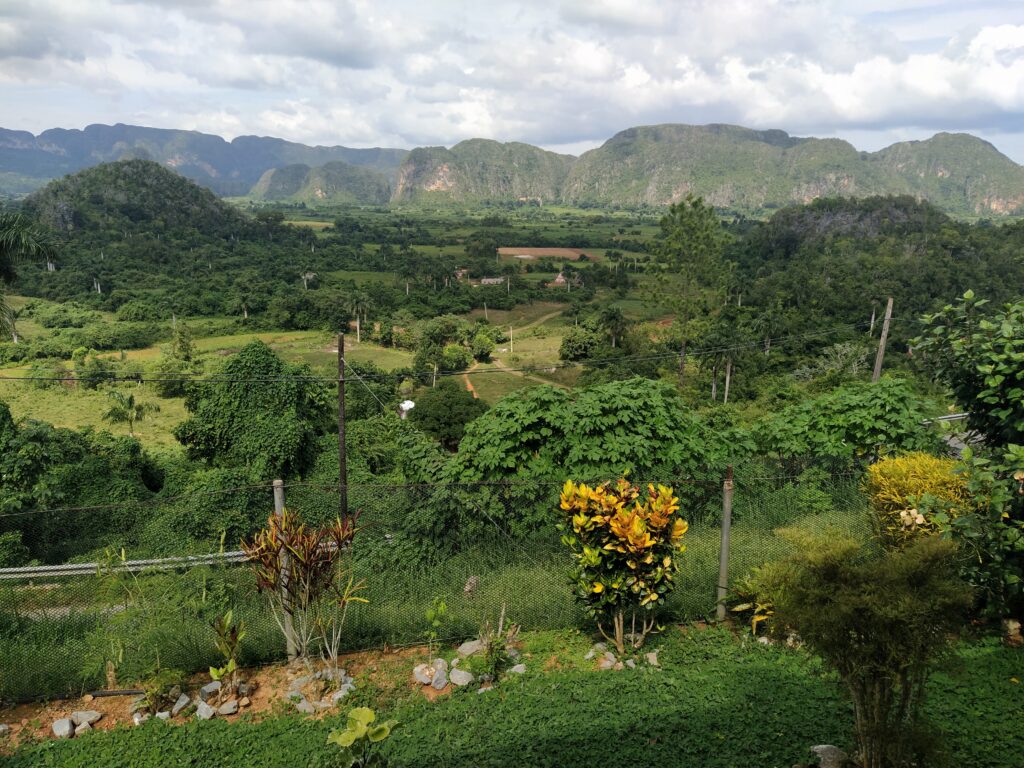
General information
The currency is the Cuban peso. 1 euro is approximately equivalent to 300 Cuban pesos (October 2024).
The official language is Spanish. Many locals in tourist areas speak English.
Cuba is a secular state with a high percentage of atheism. The dominant religions are Christianity and traditional African-rooted faiths, such as Santería.
The telecommunications network is not particularly good. Try to find accommodations that have Wi-Fi, even though it may not always be reliable.
The road network is in average condition (we had to change a tire once!!!!).
There may be power supply issues. We arrived in Cuba after a period of a general blackout in the country, so there were some problems with electricity.
The tap water is not drinkable. Some attention is needed with hygiene conditions.
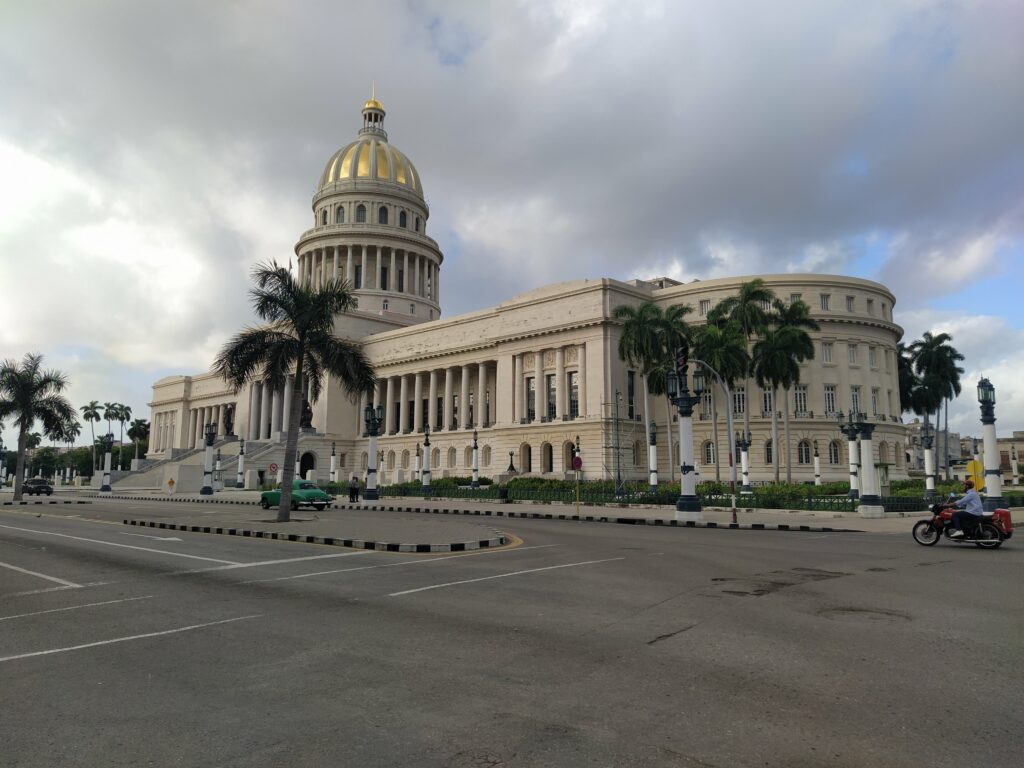
What you need for a trip to Cuba
Passport with at least 6 months of validity from the day of arrival in Cuba, a return ticket, and a tourist visa valid for 90 days (detailed information below).
Health insurance to be covered for any unforeseen events during the trip (hospital expenses and repatriation).
Cash. Most debit or credit cards are not accepted in Cuba. Therefore, cash is essential. You can pay almost everywhere in euros or dollars. NEVER exchange money at banks because they charge a huge commission. Ask at your accommodations or find locals who will happily exchange euros or dollars for Cuban pesos. Keep in mind that Cubans prefer to have euros or dollars, as the Cuban peso is a very vulnerable currency and often subject to devaluation.
Ask your doctor about any vaccinations, which are not mandatory to this day. There is no risk of malaria.
Pharmaceuticals, such as painkillers, and for stomach discomfort (e.g., gastroenteritis), hand sanitizer, sunscreen with a high SPF.
Light clothing, hat, sunglasses, waterproof jacket (especially if you’re in Cuba during the rainy season).
Cuba is a country that, due to the embargo from the USA, has shortages of basic goods such as food, fuel, and medicine. It would be nice to bring some items for the locals, such as painkillers or food (chocolates), before you start your journey. In general, be generous with the Cubans who, despite the problems they may face, are hospitable, smiling, and proud.
Best period to visit Cuba
Cuba has a tropical climate, so there are essentially two seasons: the dry season, from November to April, and the wet season, from May to October. Specifically, from mid-August to mid-October, there is a high chance of tropical storms. The period with the highest tourist activity and the highest prices for flights and accommodations is from December to March and July to August.
We visited Cuba from late October to early November 2024, during the transition between the two seasons. During this period, the weather is sunny, with temperatures ranging from 25 to 30 degrees Celsius, with little to no rainfall. The prices are pretty good since it’s not the high season, so there are fewer tourists.
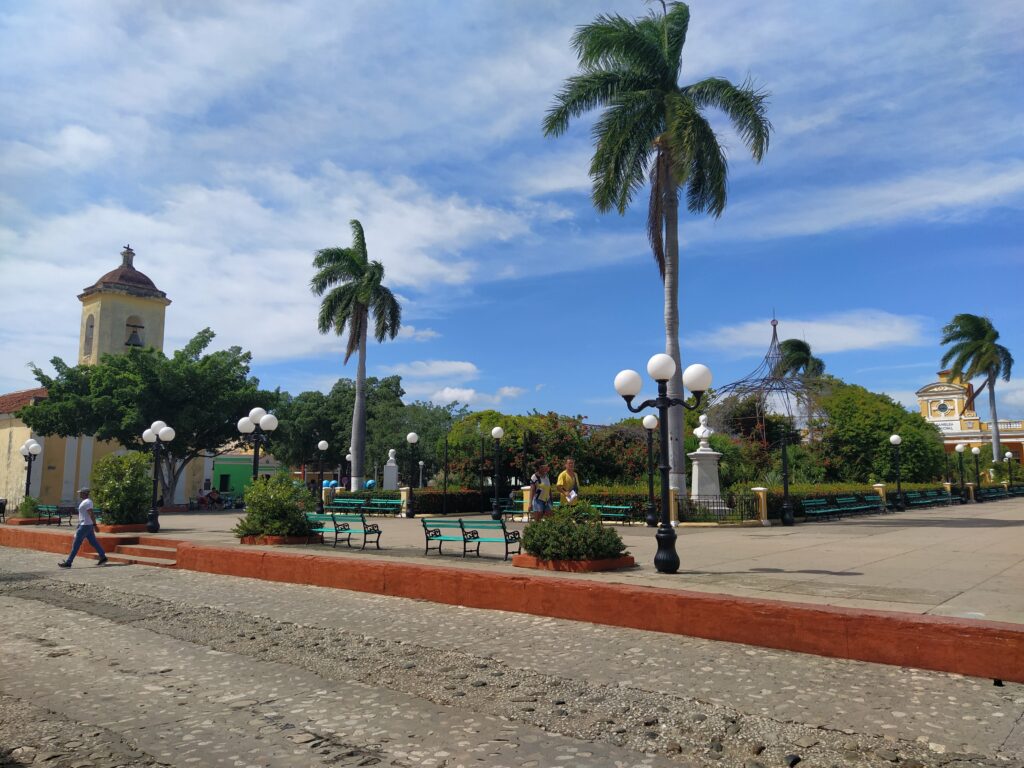
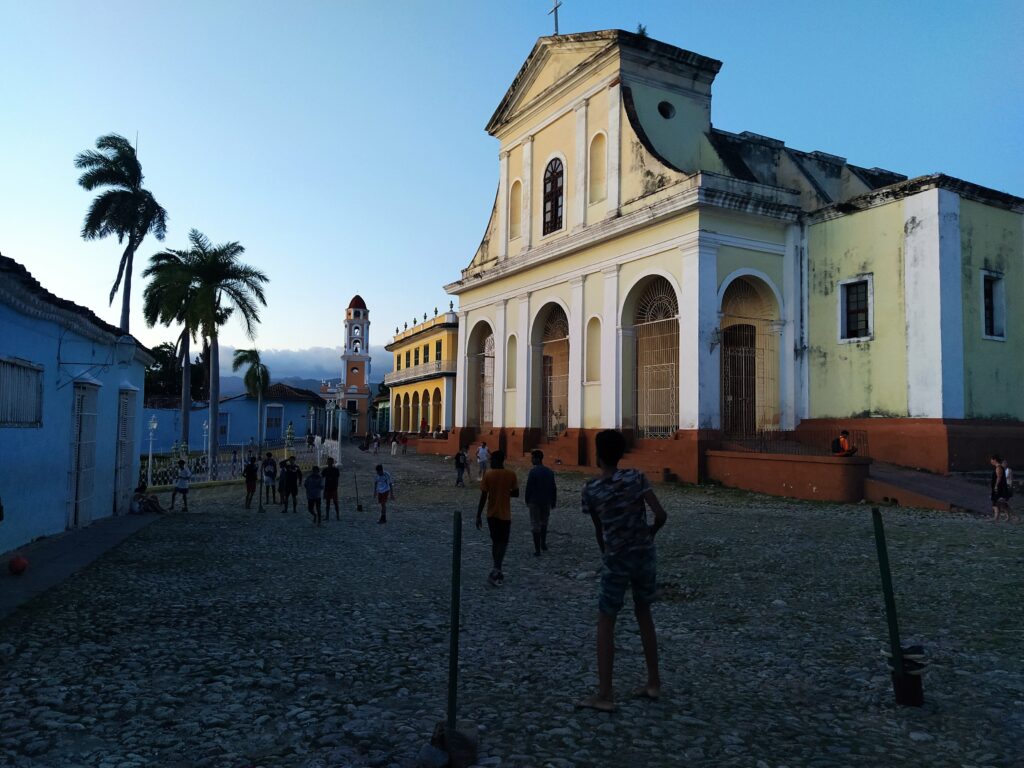
How many days to stay in Cuba
Cuba (110,000 sq.km) is slightly smaller in size than Greece (130,000 sq.km). Certainly, a trip cannot last less than a week, both because of the distance and due to the variety and number of points of interest. In Cuba, you can find a lot of beautiful cities, impressive natural beauty, and crystal-clear beaches.
We decided to stay for a week and explore mainly the western part of the island. We believe that in this time frame, you can get a good taste of Cuba. You’ll have time to visit the capital, Havana, in the north, the cities of Trinidad and Cienfuegos in the south, the impressive Viñales Valley, the beaches just outside Havana, the large beach in Varadero, and the Pig Beach.
Organization and travel cost
It is recommended to book your flight tickets 2 months in advance (Skyscanner.net). There are many direct flights from Paris or Madrid to Havana International Airport. Via Paris with Air France to Havana, the flight takes about 10 hours, and the total cost for late October to early November is 700 euros.
For accommodation, use Airbnb, as due to restrictions, many websites do not propose accommodations in Cuba. Accommodation in Cuba is generally cheap. In our case (4 people), the total cost for 7 nights was just 100 euros per person. Below, you can find detailed information about where we stayed. It is important to note that all accommodations are “casas particulares“, meaning private apartments, not hotels.
Obtaining a Tourist Visa
After booking your flight tickets and accommodations, the next and necessary step is to obtain a tourist visa for 90 days. The visa process is done in 2 stages. The first step is to apply for the visa electronically, and the cost is 22 euros. Payment is made by depositing into the Cuban embassy’s bank account. The process is quick and requires your details, passport number, and a valid email address. Within 3 days, you will receive an email with a visa number. The second step, 72 hours before your departure to Cuba, is to complete a form through the link you received in your email on the D’viajeros website. You will need the visa number you received electronically and must provide your place of stay in Cuba. If asked the purpose of your trip, choose support for the Cuban people. Once you complete the application, you will receive a document, which is advisable to print and present at passport control at Havana airport.
Overall, for a 7-day trip to Cuba (flights, accommodation, transport, food, tickets for attractions), we spent 1500 euros per person.
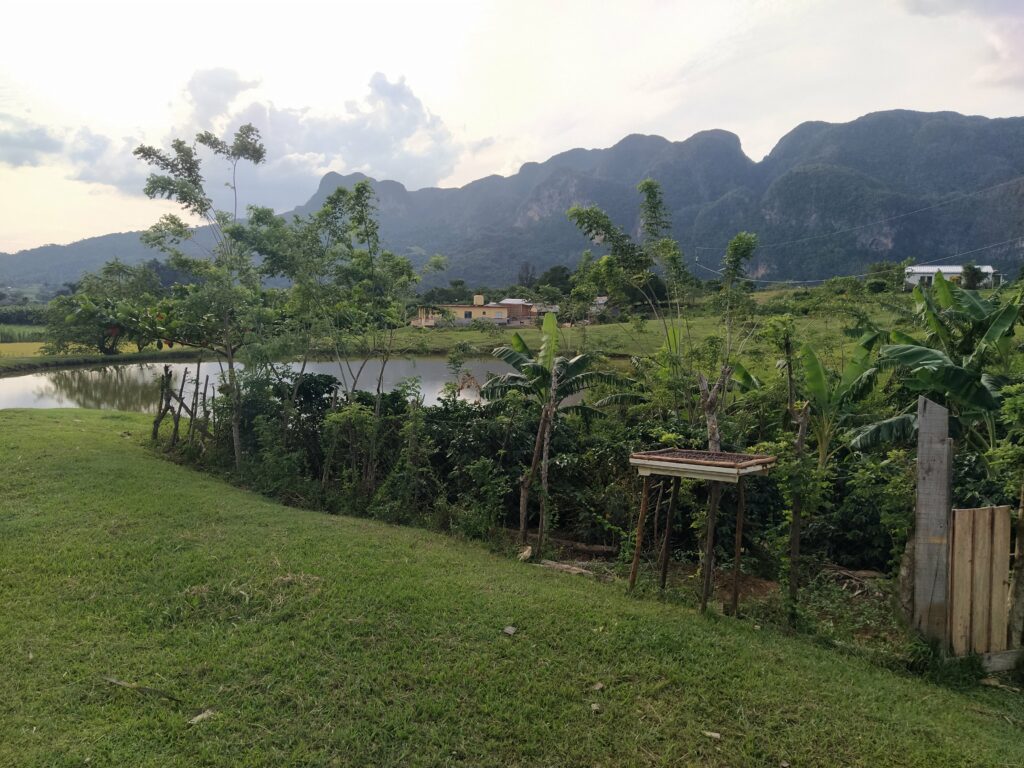
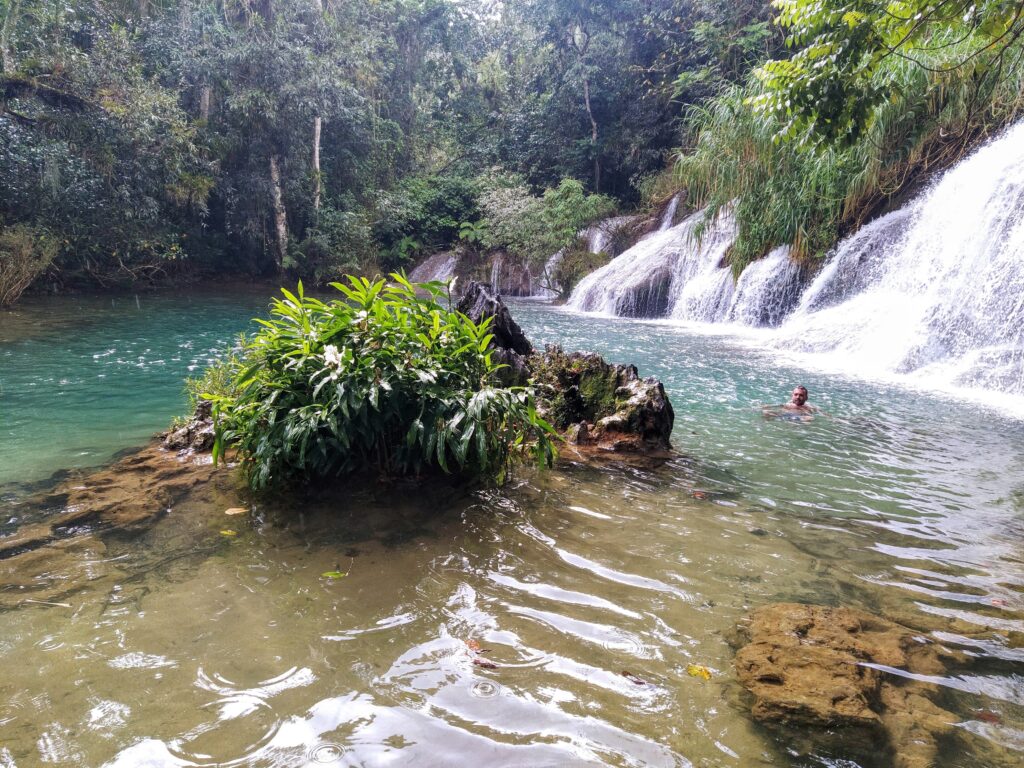
Where to stay
In Cuba, there are two main types of accommodations. On the one hand, there are hotels that you can find online on various websites. Most of them are state-owned, and the prices are quite high. On the other hand, there are casas particulares, private accommodations, which offer breakfast and often lunch and dinner for an additional charge. The prices are lower than hotels. This is an ideal way to meet locals, stay in their apartments, chat with them, and have them assist you with anything you need. We loved the casas particulares where we stayed and we highly recommend them. The interaction with locals, the hospitality, and the traditional food make these accommodations special. In addition, you help the local economy.
Havana
In Havana, we stayed for 3 nights in an excellent apartment in the historic center. It is located on the 5th floor, with an elevator, and is within walking distance of all the sights of Old Havana. It has 2 bedrooms with double beds and air conditioning, a kitchen, a large living room, and a balcony with a view of Havana and the harbor. The price for one night is approximately 60 euros, and it can accommodate at least 4 people. The owners are particularly friendly and helpful, and we recommend trying the breakfast for 7 euros per person (omelet, fruit, vegetables, and guava juice).
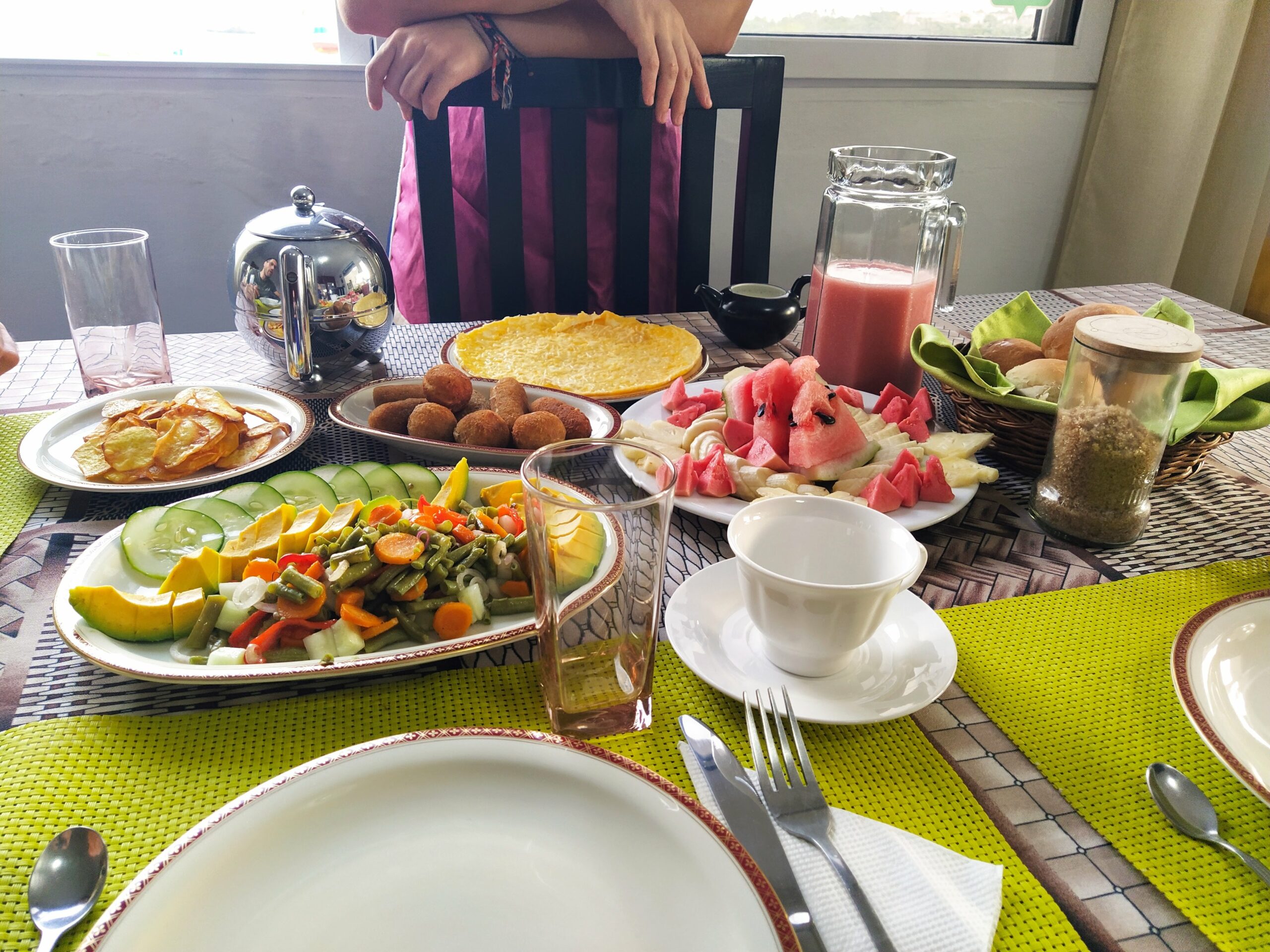
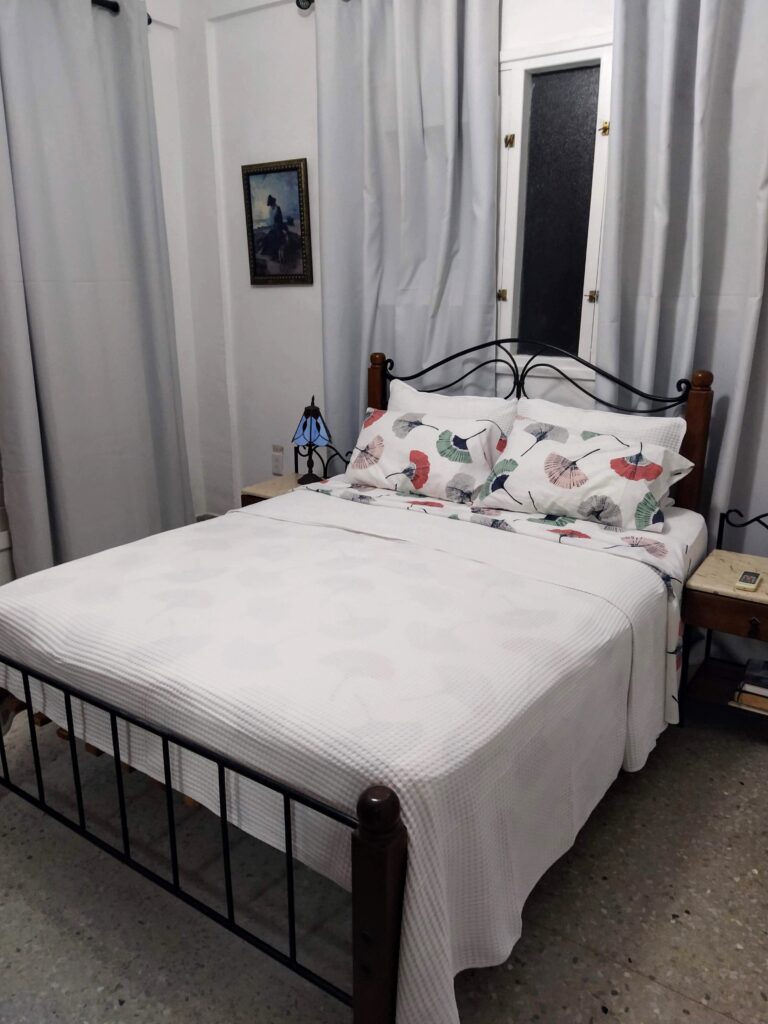
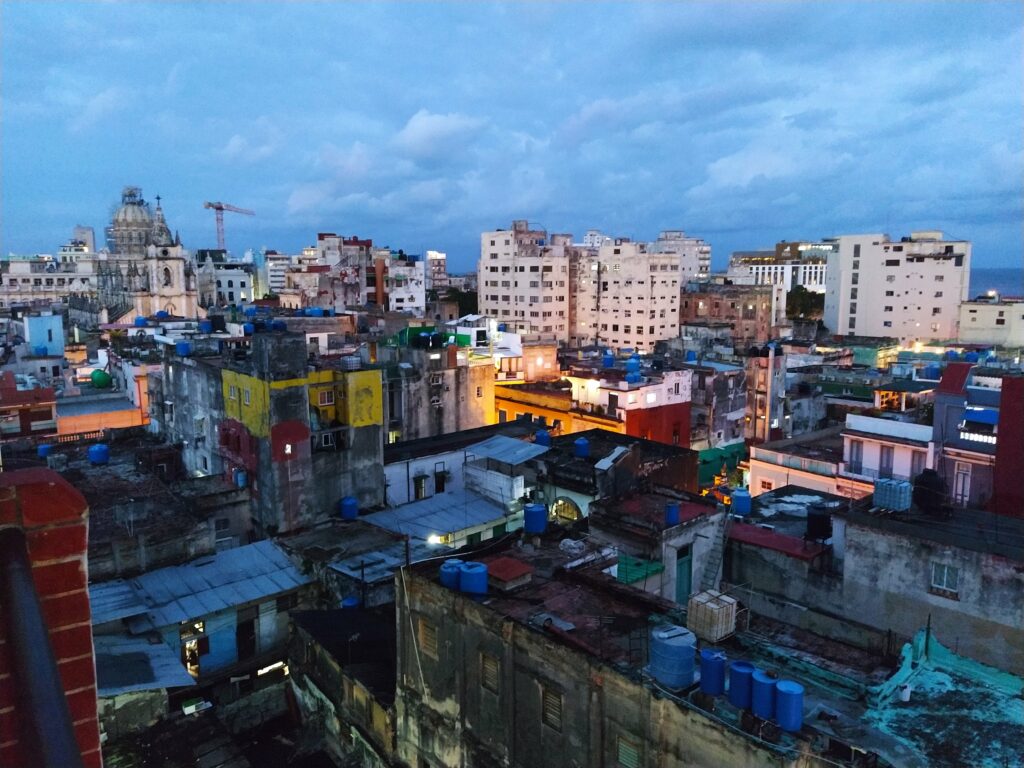
Vinales
One of the best apartments we stayed in Cuba is in Viñales. It is located just outside the village, on a hill, and the view of the Viñales Valley is simply breathtaking. The apartment is small (up to 4 people) and clean, with air conditioning, a refrigerator, a private bathroom, a small pool, and a terrace where you can sit and admire the unique view. The hosts live right next door, so you can enjoy homemade breakfast, lunch, and dinner. The lunch was perhaps the best meal we had in Cuba (10 euros per person). The price for 1 night for 4 people was 45 euros. The only downside is the limited internet connection.
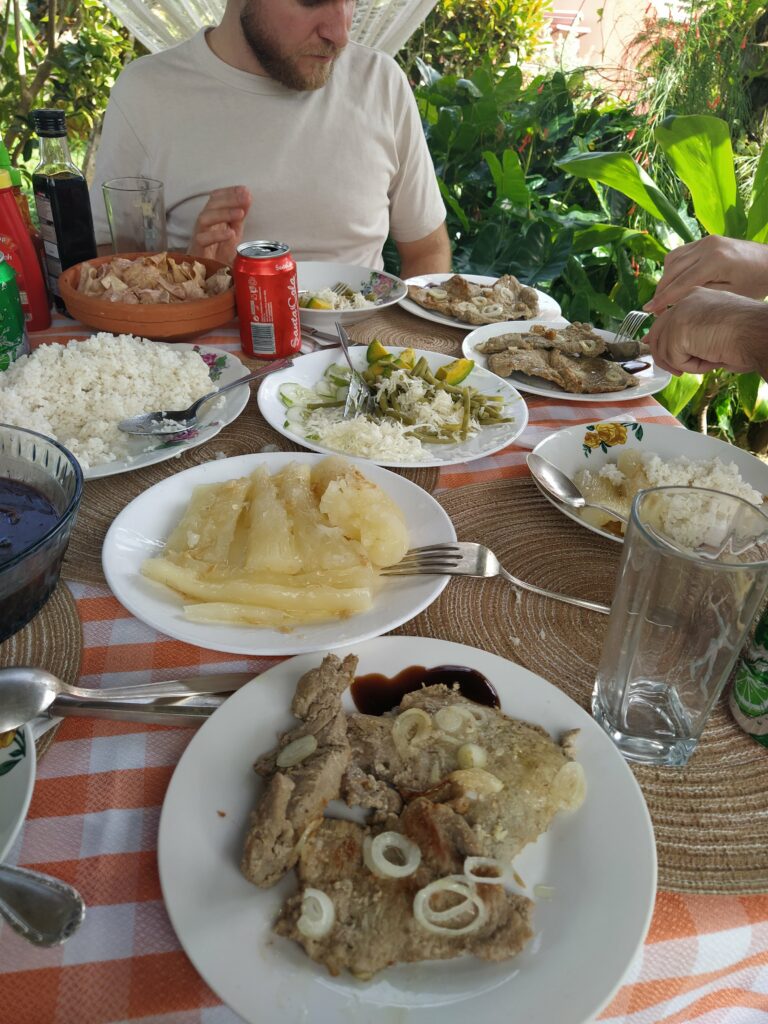
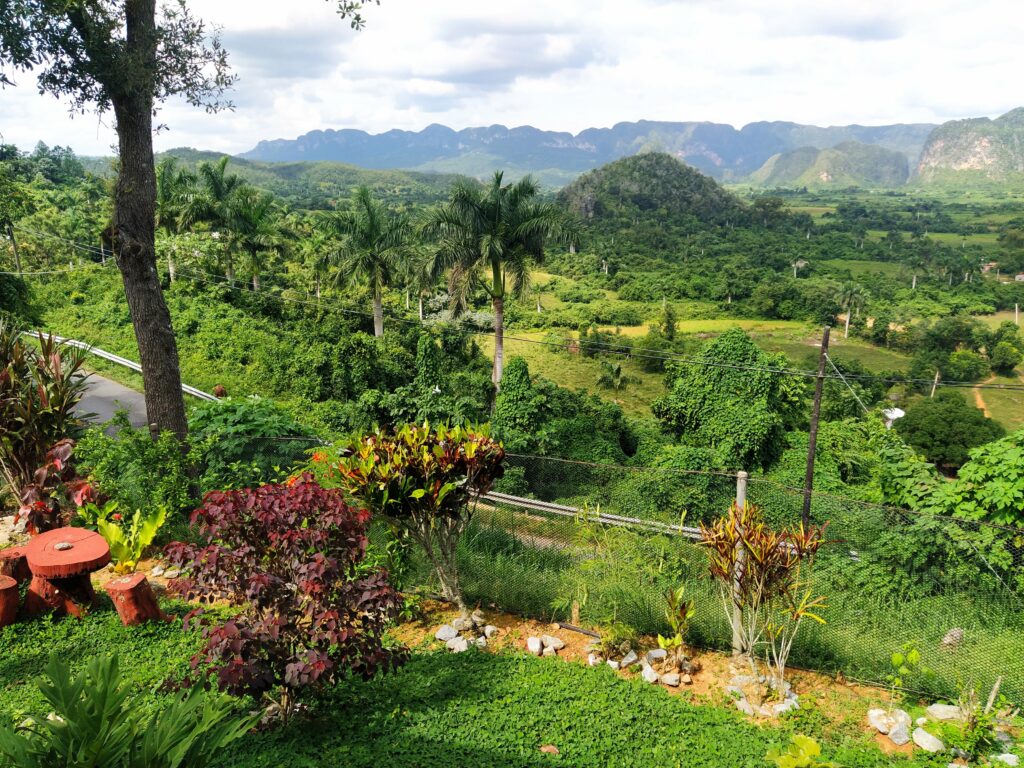
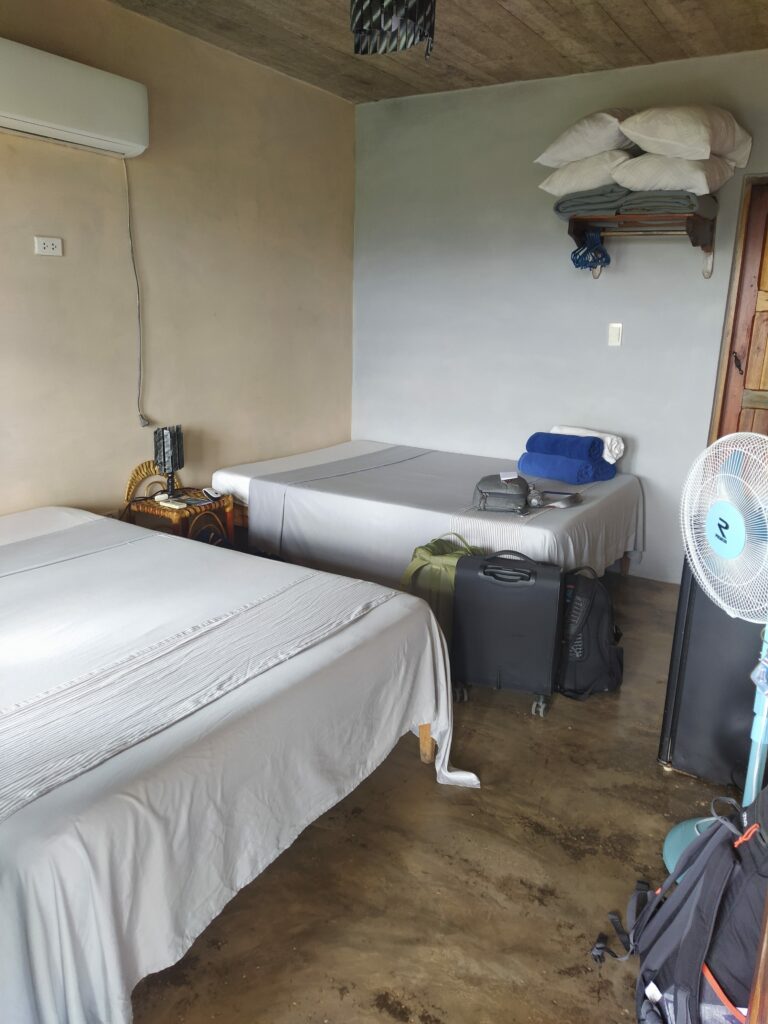
Trinidad
Perhaps the best accommodation in Cuba was in Trinidad. The rooms are inside a beautiful building with an interior courtyard. They are spacious and clean, with a private bathroom. The hosts are friendly, with great recommendations for food in the city, and always helpful with anything you ask. Breakfast in the courtyard costs 5 euros per person, and the double room is 30 euros per night.
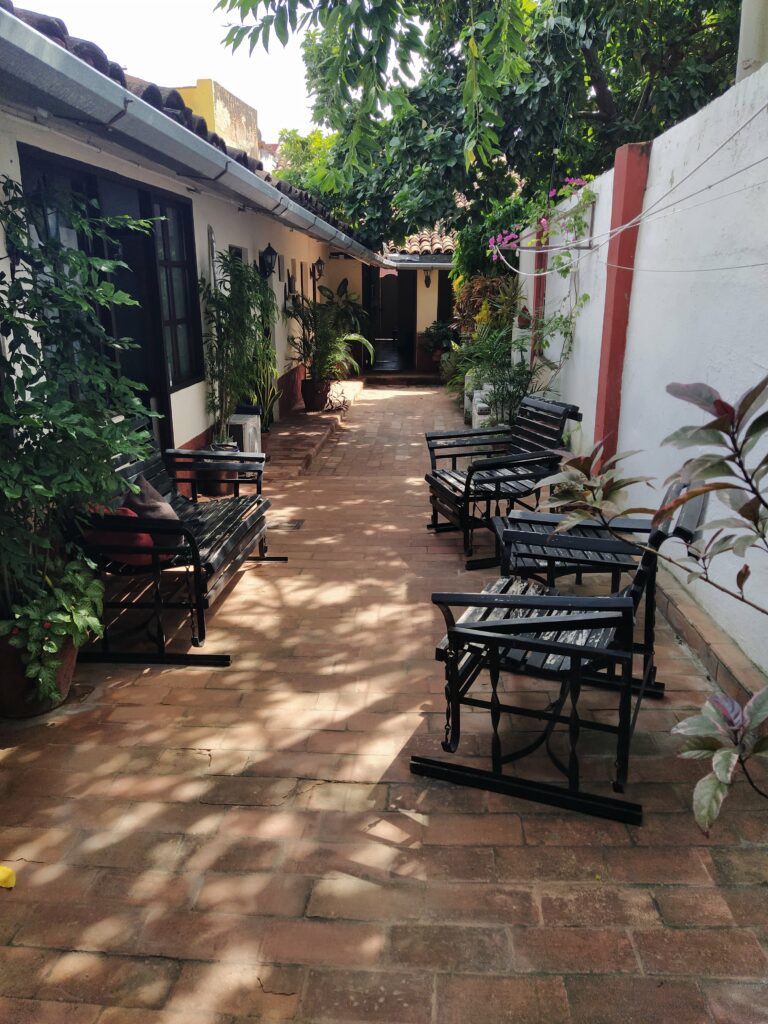
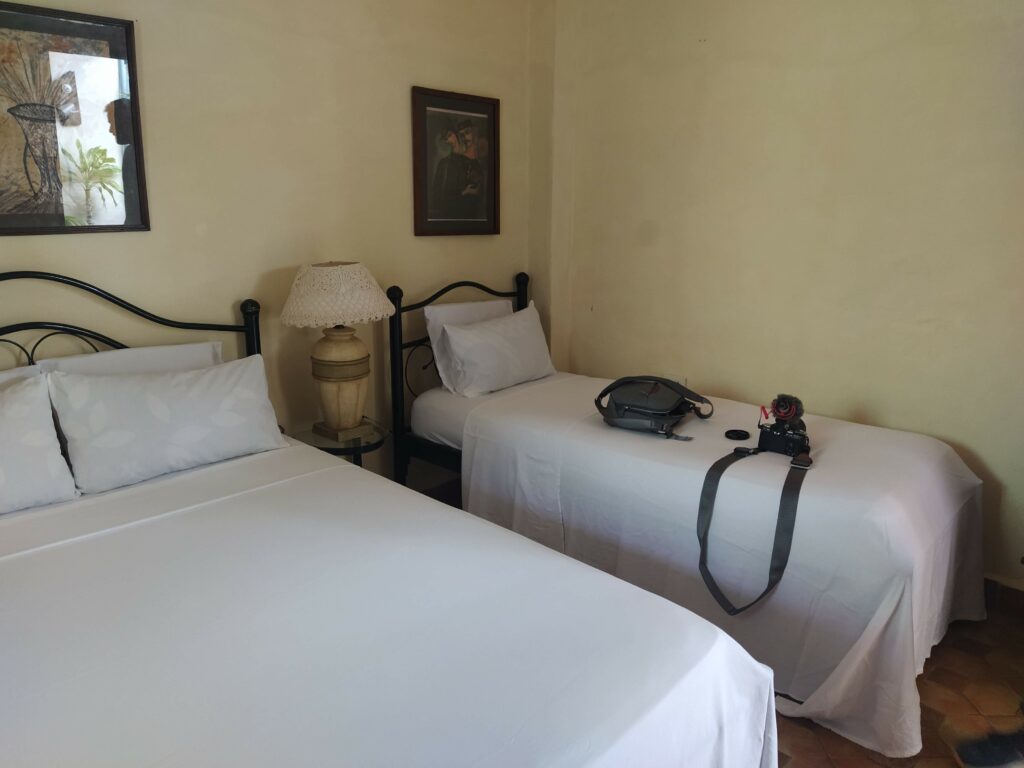
Cienfuegos
In the heart of the city is the Palacio Barón Balbín. It is a small private hotel with 5 rooms, featuring very beautiful interior spaces and spacious rooms with a private bathroom and air conditioning. Breakfast, lunch, and dinner are offered for an additional charge. Don’t miss the chance to go up to the rooftop for a panoramic view of the city.
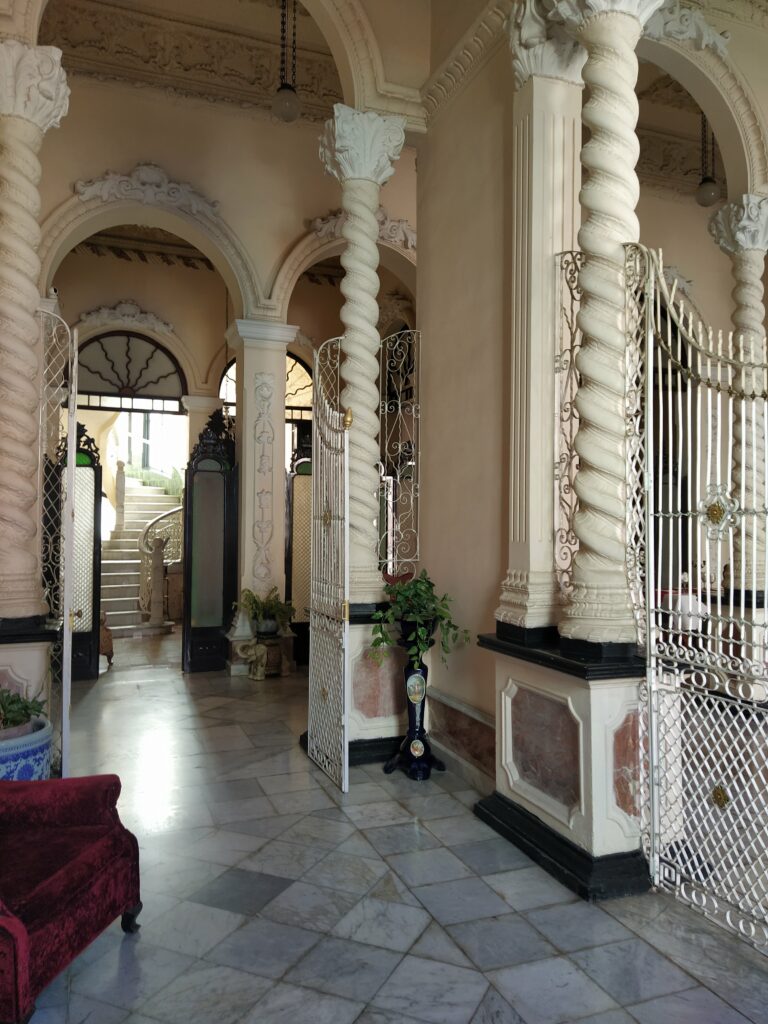
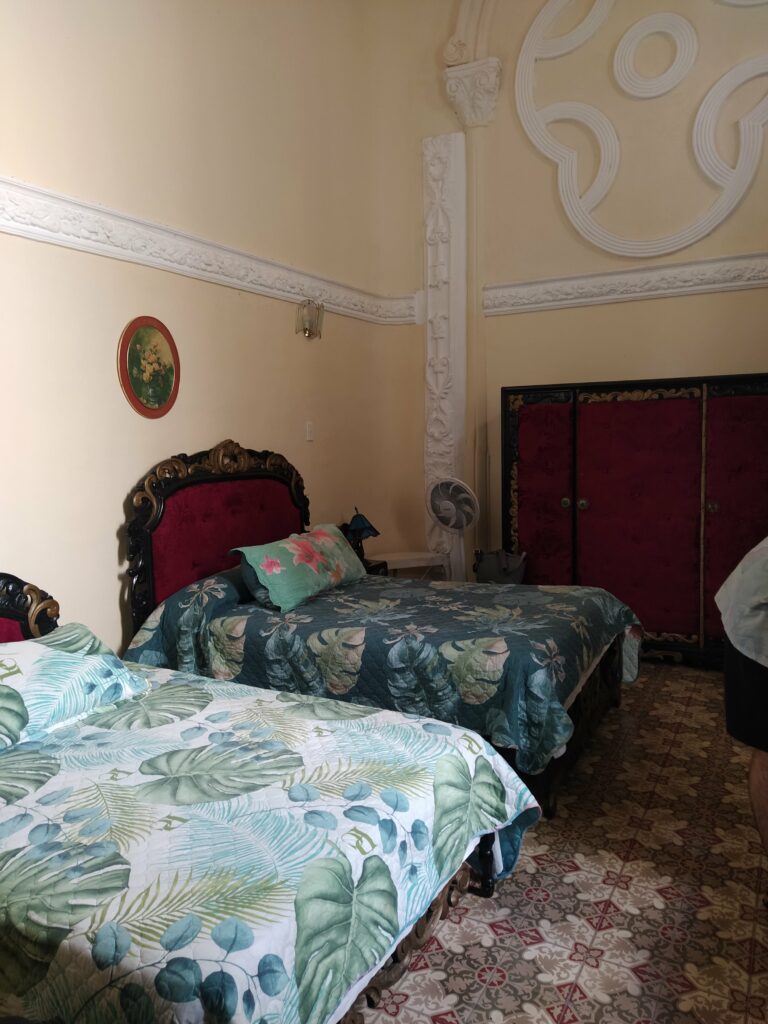
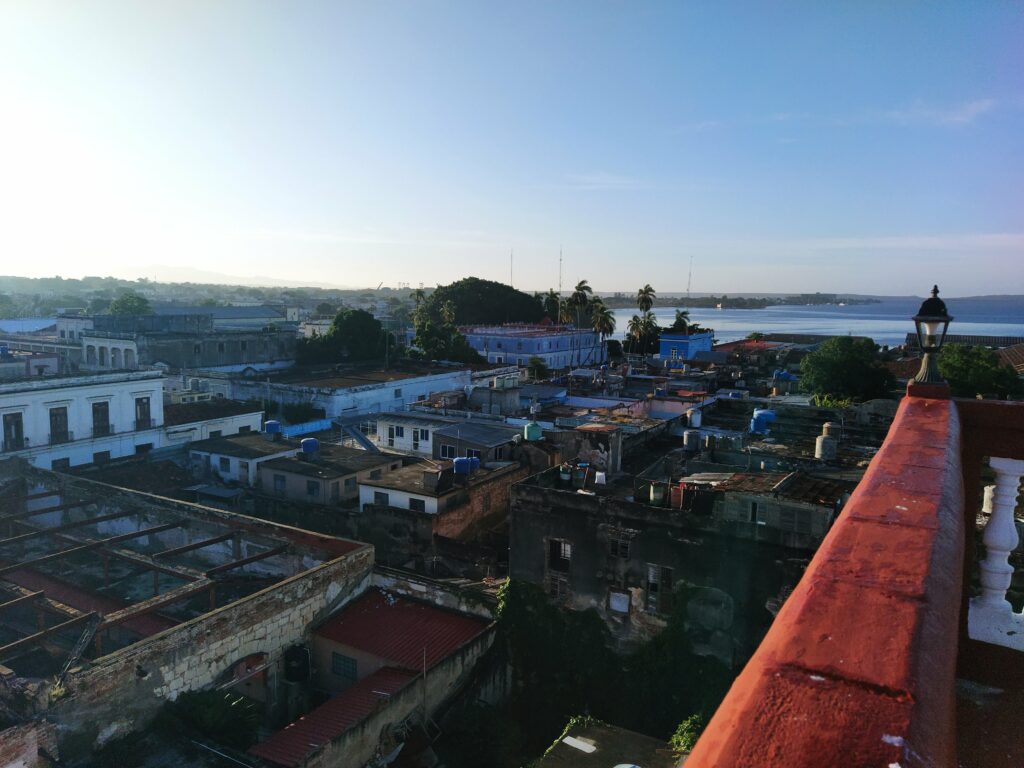
Varadero
As for Varadero, the town is full of hotels, restaurants, and cafes mainly for tourists. With the exception of the very beautiful beach, we believe that Varadero doesn’t offer an authentic Cuban experience. In any case, if you’re looking for an affordable option near the sea, Raimon House – Bungalow Room is a good choice (45 euros per night for 4 people). Breakfast costs 8 euros per person and includes excellent pineapple juice.
How to Get Around
The main ways to get around in Cuba are by car, buses, and taxis. A car theoretically gives you the comfort of sticking to your schedule, but there are several issues. There are a few state-run rental companies, fuel shortages may occur, and the road network isn’t in very good condition. In Cuba, there are buses primarily for tourists (Viazul). They connect most cities, have fixed schedules, are very affordable, and you can book tickets online.
Perhaps the easiest and most reliable way to get around in Cuba is by taxi, which you can book with the help of your accommodation. Taxis in Cuba work like buses and are called collectivos. You can book a seat in the taxi and travel with other passengers. The schedules are fixed, and there are no stops. Between the cities of Havana, Varadero, Viñales, Trinidad, and Cienfuegos, prices range from 20 to 30 euros per person. If you’re a group of 4 people, you can pay a little more and book a private taxi, allowing you to make stops whenever you want and depart whenever you prefer.
Payments are made directly to the drivers in cash (euros or dollars). Communication in English with the drivers can be quite difficult, although they will always try to talk to you or sing a melodic Cuban song!
What to Eat
Cuban food has strong influences from Spanish, African, and Caribbean cuisines. The dishes are generally simple but use fresh ingredients such as pork, fish, chicken, rice, beans, and fruits like pineapple and guava. We highly recommend taking advantage of breakfast, lunch, or dinner if your casas particulares offers it. The prices are affordable, and you’ll try excellent traditional dishes.
Following locals’ recommendations, we found some interesting restaurants and cafes. In Havana, for lunch or dinner at good prices (5 to 10 euros for a meal), head to El Chancullero. For a snack, brunch, or drink (try the lemonade), Fonda al Pirata in the historic center of Havana is a good choice. The restaurant we loved in Havana is Le Petit, offering excellent meat and seafood dishes (15 to 20 euros per meal).
In Trinidad, in the central square, Saoco offers excellent tacos and crepes, while nearby, La Botija tavern offers delicious Cuban dishes (tacos, pork or chicken dishes with rice, sweets) with live music in the evening. In Cienfuegos, for a drink (excellent chocolate drink) or a dessert, the Colonial Villaverde cafe bar on Malecón Avenue will delight you.
Finally, near Playa Larga (Bay of Pigs), go for lunch at Don Alexis. Try fresh lobster, the fish of the day, or chicken. Everything is grilled right in front of you, and the owner is very hospitable and cheerful.
